Each time I step into Intramuros, I feel like I’m stepping back in time. It’s one of the few places in Manila where history feels alive—etched into the cobblestones, whispered through the walls of Fort Santiago, and breathed in with every golden sunset over the centuries-old walls. I go there four to five times a year, and each visit is never quite the same. There’s always something new—more people, more stories, more life.
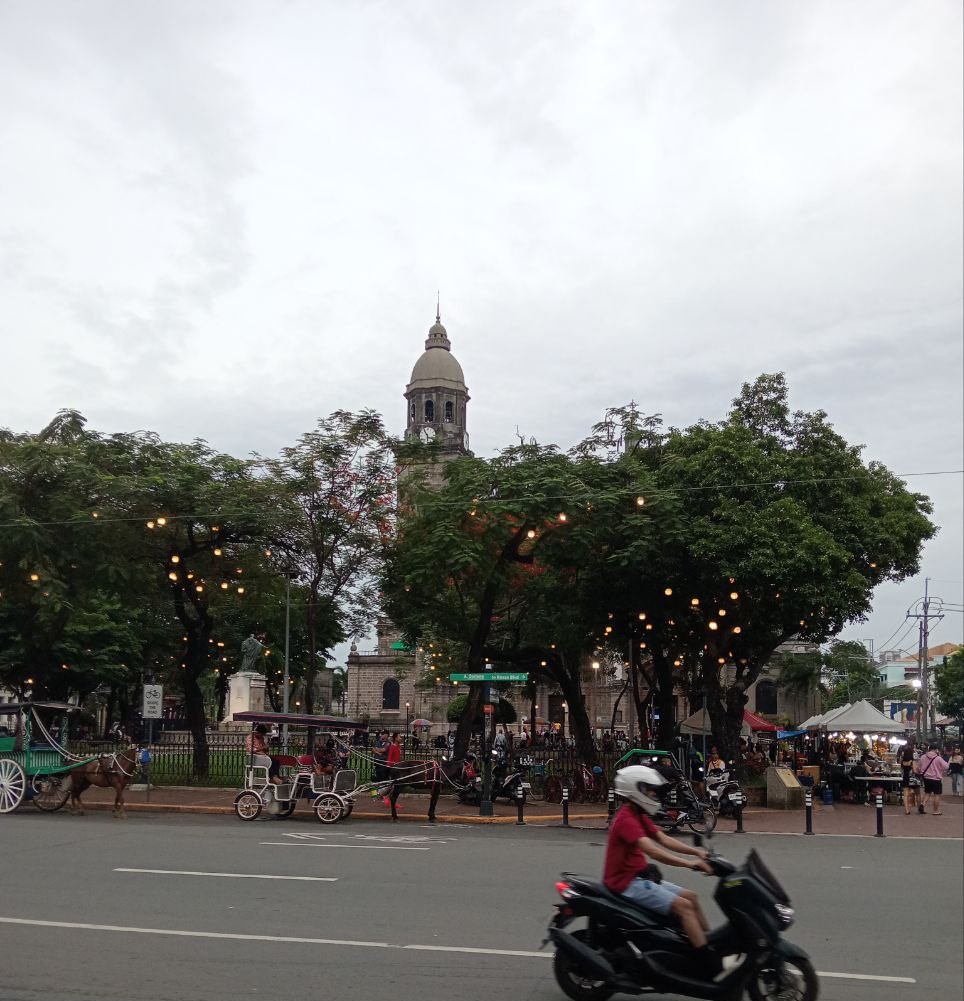
Recently, that sense of life has extended beyond Intramuros and spilled into the newly revitalized Pasig River Esplanade—a project that has quickly transformed a once-forgotten riverbank into a vibrant promenade teeming with people, food, art, and movement. Yes, the smell of the Pasig River still lingers, a reminder that urban healing takes time. But the energy around it is undeniably alive.
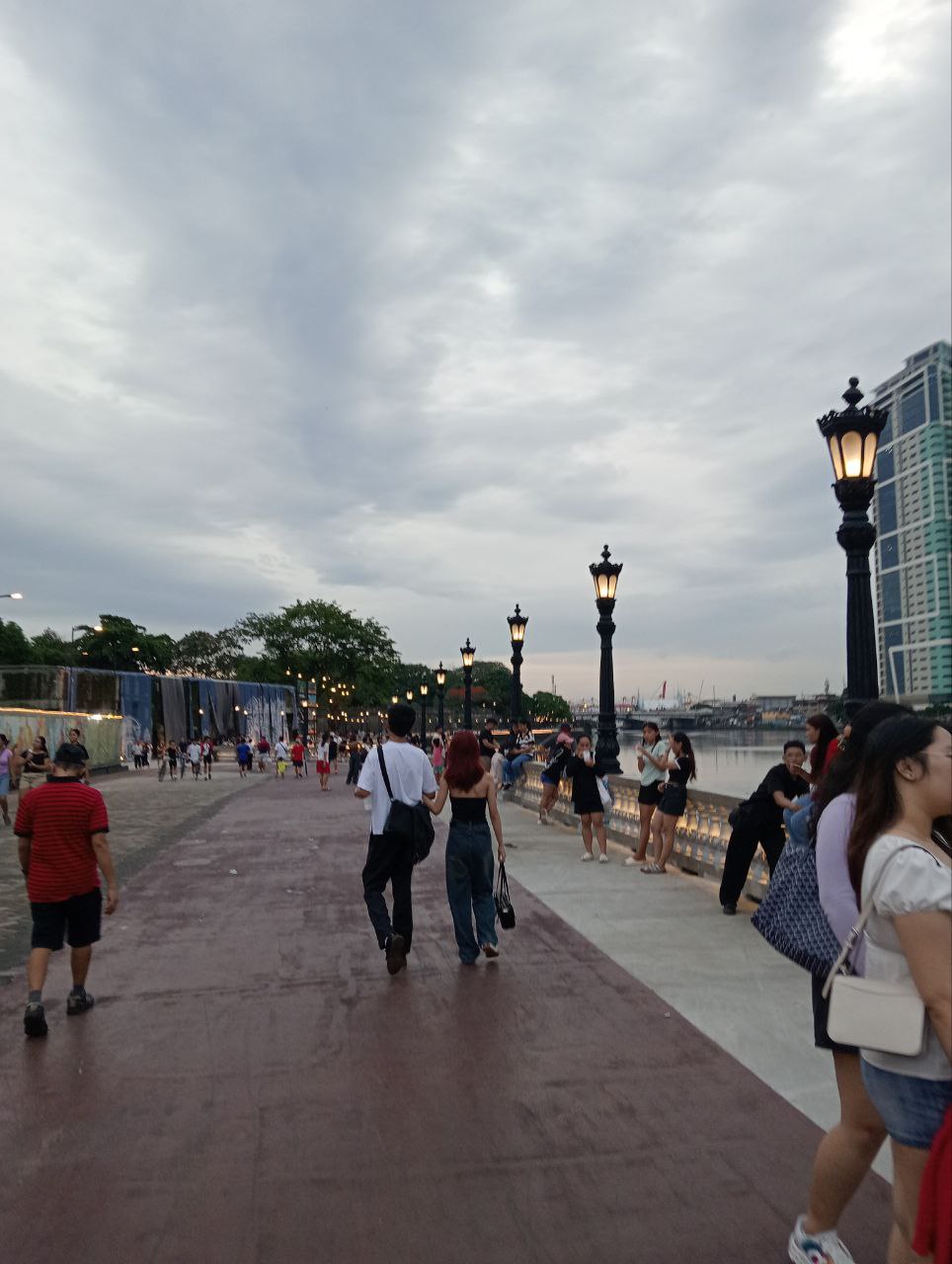
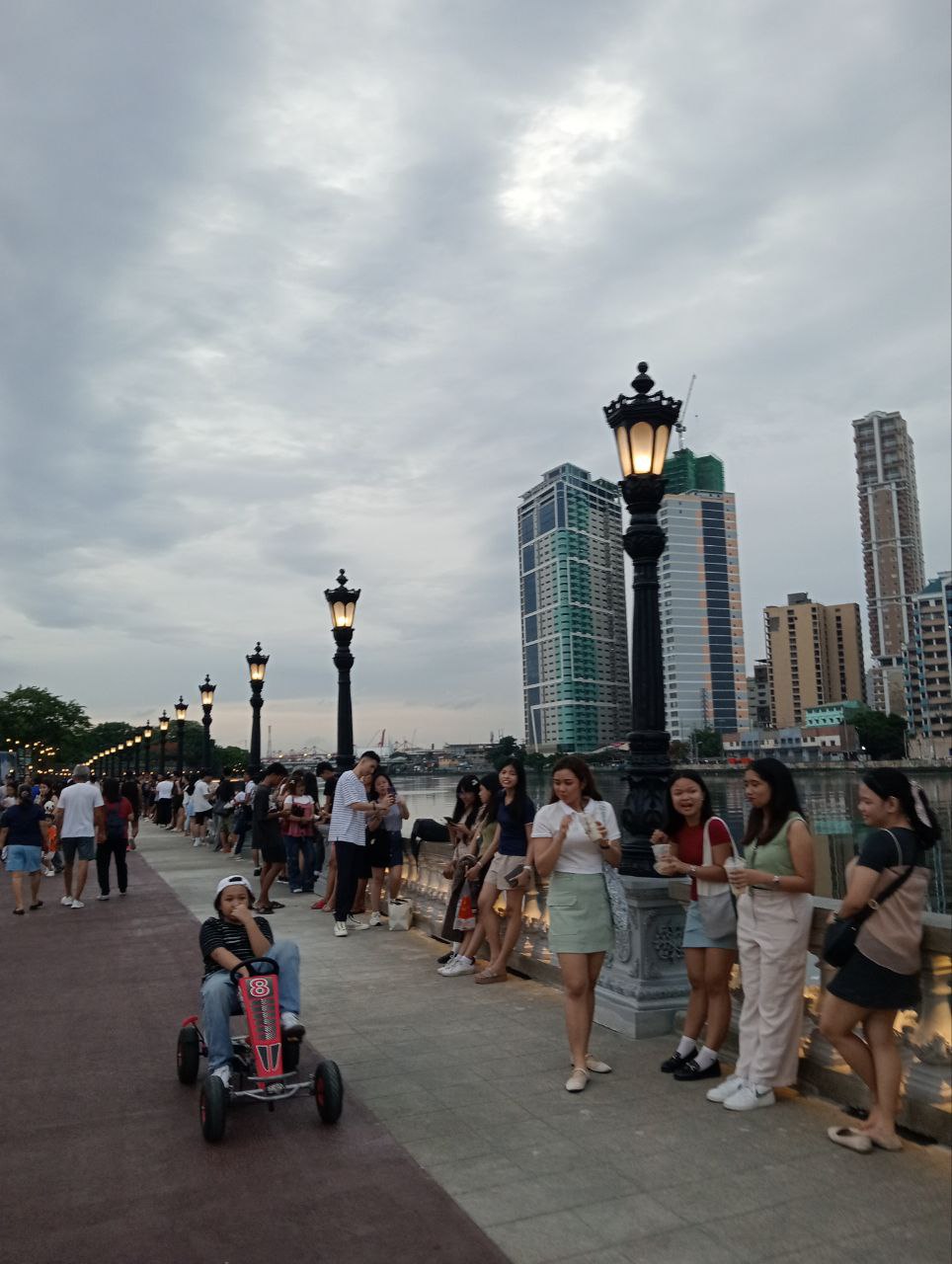
This is what progress should look like: one that doesn’t bulldoze over the past but reclaims it, restores it, and makes it accessible again—not just for tourists, but for Filipinos.
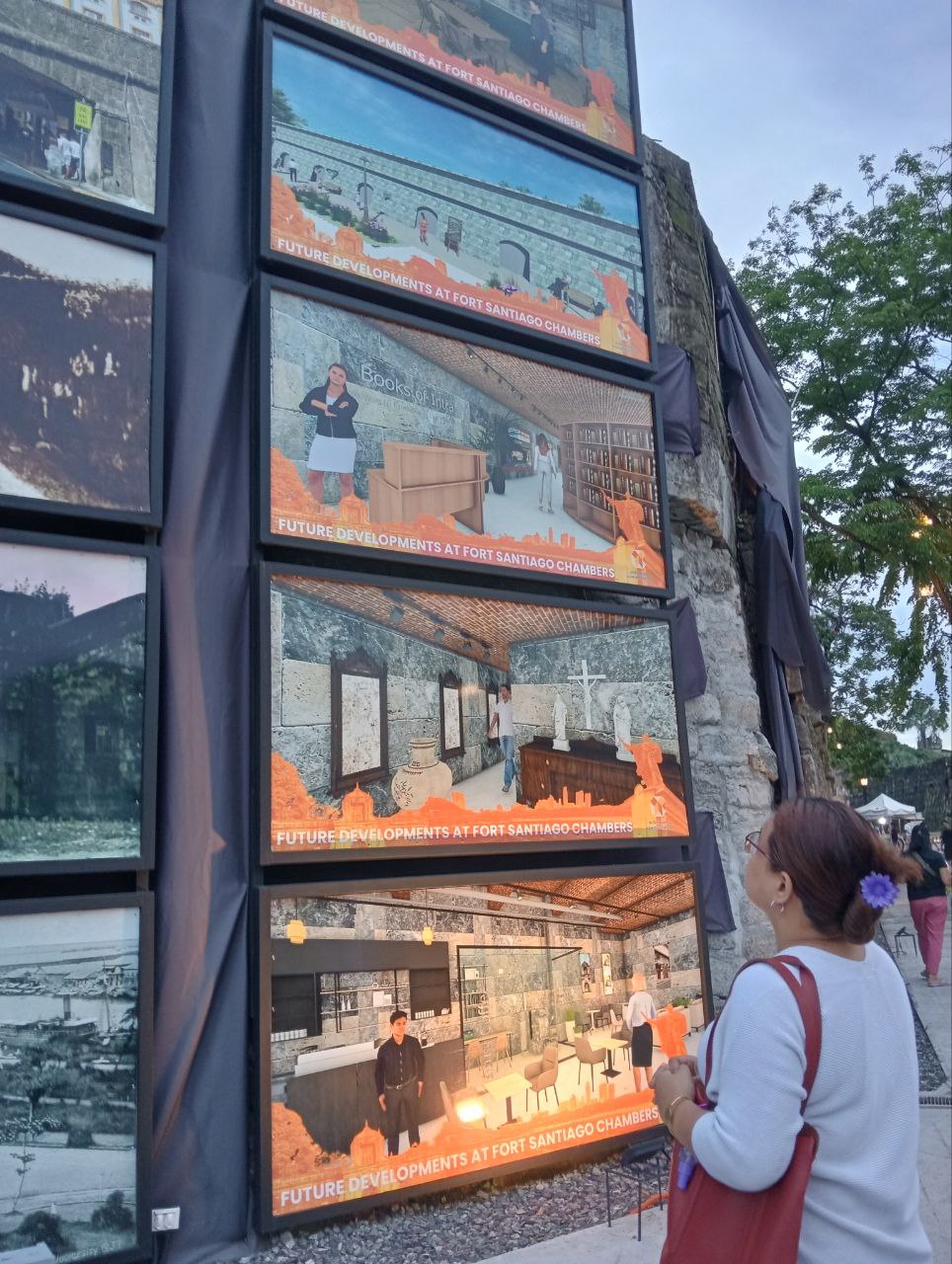

When President Ferdinand Marcos Jr. inaugurated Phase 3 of the Esplanade earlier this year, it was more than a ribbon-cutting ceremony. It signified the beginning of a new relationship between our cities and our rivers, our past and our future. This 600-meter extension now directly connects Maestranza Wall to Fort Santiago, adding 2,000 square meters of open space for the public to enjoy. It’s a modest addition—but symbolically, it’s massive.

As the government works to complete the envisioned 25-kilometer green corridor along the Pasig River—from Manila to Taguig—we are offered a rare opportunity to reimagine Metro Manila not just as a crowded metropolis but as a living, breathing cultural hub. A place where you can jog, bike, eat street food, take portraits in traditional attire, and feel a genuine connection to the past—all in one afternoon.
But urban beauty is not just about infrastructure or Instagrammable spots. It’s about people. The Esplanade is thriving not only because it’s well-lit and walkable—but because it has created livelihoods. Food vendors, artisans, photographers, and small business owners have found a platform to grow. That’s real sustainability—one where culture, economy, and environment intersect.

Still, let’s not romanticize things too quickly. The Pasig River remains heavily polluted. The need for systemic river rehabilitation is urgent and must go beyond cosmetic clean-ups. Beautification must go hand in hand with ecological restoration, policy enforcement, and long-term investment in public transportation and waste management. Otherwise, the Esplanade becomes a nice façade built on a decaying foundation.

As a frequent visitor of both Intramuros and the Esplanade, I dream of a Metro Manila where these projects aren’t the exception, but the norm. Where every district has public spaces that respect our heritage and invite the community to gather. Where urban development isn’t just for cars and malls but for parks, plazas, and riverbanks. Where heritage isn’t locked behind museum glass but integrated into daily life.
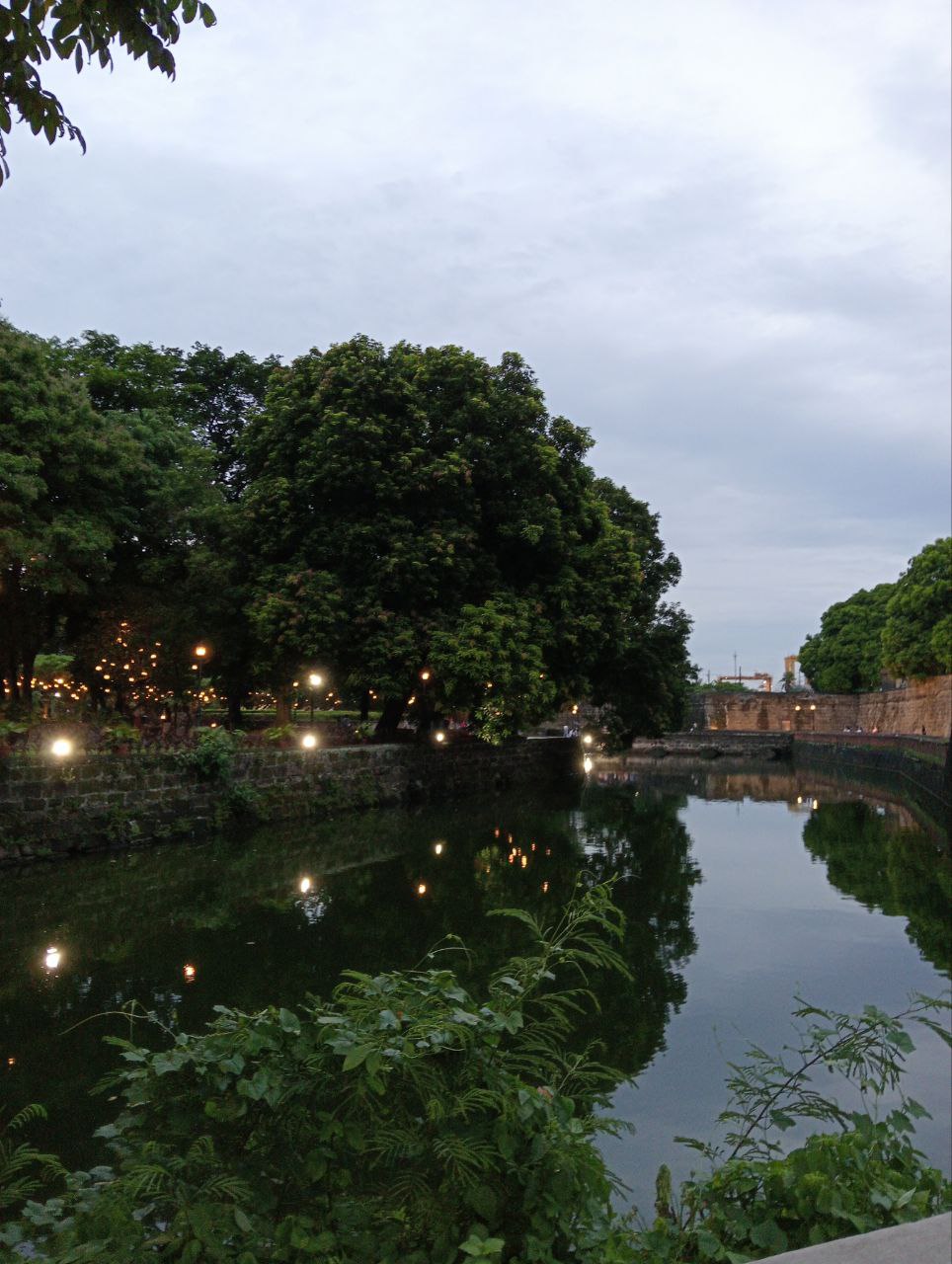
We don’t need to look far to see how powerful these spaces can be. We’re seeing it now—in the crowds flocking to Fort Santiago, in the laughter of children playing by the river, in the smell of street food lingering in the air. We’re witnessing the beginning of something hopeful.
But it’s up to all of us—citizens, leaders, planners, and tourists—to ensure it continues. We must demand better, support local efforts, and most of all, reconnect with our cities not just as places to live, but as places to love.







